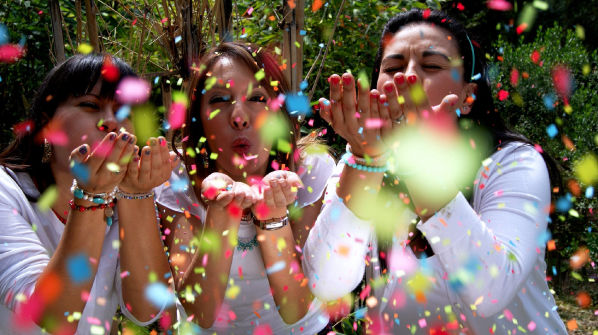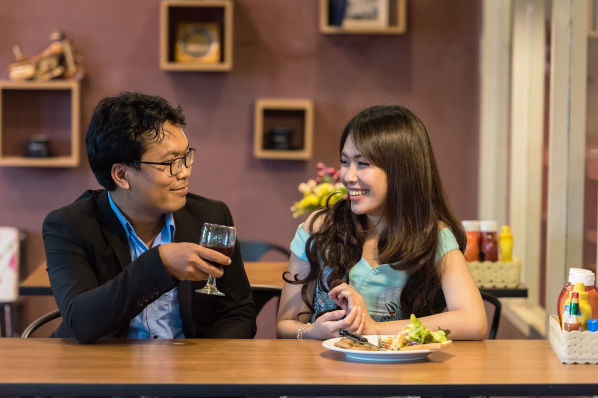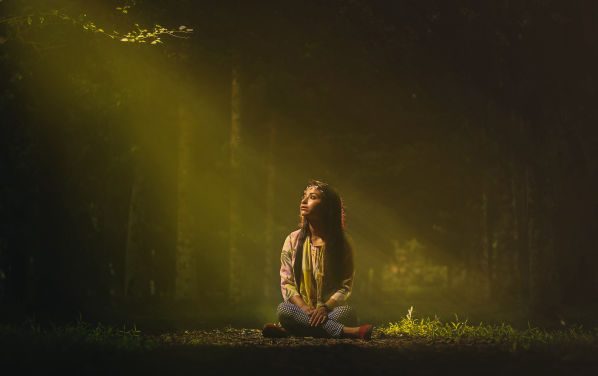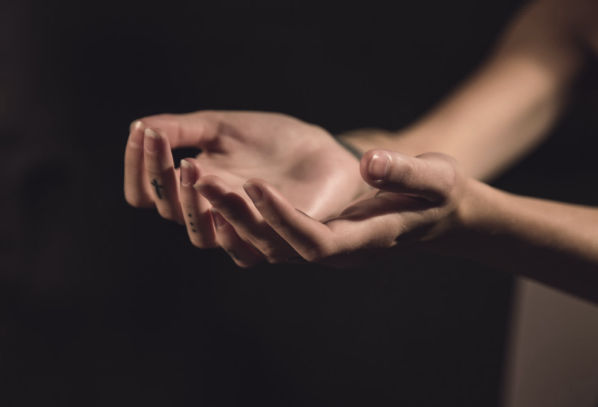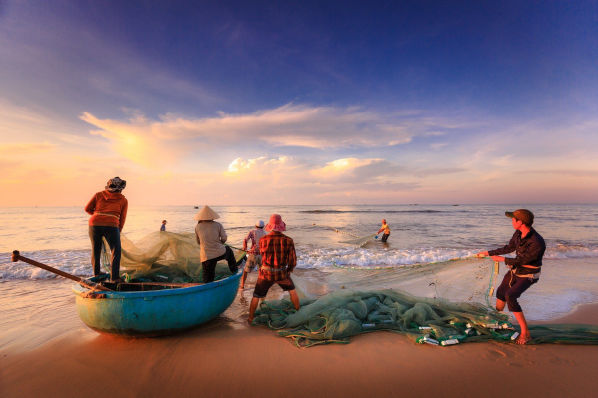Ruby Paurom, playwright and Reveler expressed her challenge in presenting the dynamics of energies of these 9 archetypes in a 90 minute play as follows;
“What proved challenging were ramping up the stories of at least nine characters with well-defined traits, how to mess and enmesh them up in conflicts that denoted psychological woundings which prevented the energies from coming out in full splendor, and finally how to relieve these with prospects of resolution, all within a playtime of about 90 minutes. Were the answers also in the wind?”
Ruby hurdled this challenge with exceptional creativity that in 90 minutes, the audience went through the life journey of the nine archetypes in three phases. Phase 1 shows the unique traits/characteristics of 3 archetypes (Child of Eden, Navigator and Warrior)—raw, naïve and still developing. Phase 2 is quite difficult to watch because it portrays the painful wounding of each archetype changing its spirit. The original nature is no longer lived out. The wounded archetypes have become less of themselves—growth to authenticity is stunted. The Islander archetype—wise man of the community in which he is deeply engaged points the wounded archetypes to the archetypal forces of the Mystic, the Artist and the Healer. The process of healing begins when the combined forces of these 3 archetypes bring forth the integration of the first 3 archetypes original nature with their woundedness resulting into their soulful transformation.
The play ends with a joyful celebration animated by the Reveler and the Tribal archetypes of the Filipino nation confidently claiming their gifts to the world, “Yan ang Pilipino, mapalad ang lahing ito likas ang talino….”
Deeply reflecting on the message of the HHT play, I am so amazed and grateful that I am a Filipino. Our creator blessed our Filipino nation with a garden archipelago nestled in the gentle blue waters of the sea. Indeed the lines of the song “Bayan Ko” are a fitting tribute to its beauty, “Ang bayan kong Pilipinas, lupain ng ginto’t bulaklak. Pagibig ang sa kanyang palad. Nagalay ng ganda’t dilag…..”
Thus the playground of our Filipino psyche/soul is a beautiful garden archipelago where the 9 archetypes can grow and fully blossom into what they can be.
So my compelling question now is “How can I co-create with other gardeners a garden of growth and transformation for the 9 archetypes of the Filipino soul/psyche?"
And SIGLA was born in my heart and in my mind.



